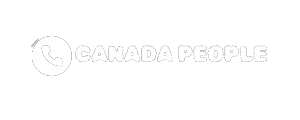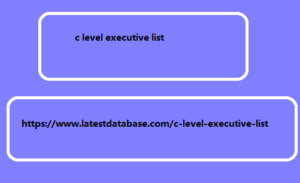Organizing work tasks, being more productive and still being able to create a collaborative and transparent routine for everyone on the team can be quite challenging. Therefore,organizational tools are excellent resources for structuring activities and monitoring demands.particular take organization and planning very seriously, after all, without this it is not possible to adopt the leaner and more efficient management model proposed. Therefore, if you are part of such a team, it is even more important to know how to use the available resources to manage your time.that you can include in your organization system to have a calmer and more productive routine!
Organization Tools You Can Adopt
We will present 5 great options, but before choosing it is important to check whether your company has already adopted any of these tools. Using the same technology as the rest of the team is interesting to make it easier to monitor demands and strengthen teamwork. Have you ever imagined putting your entire routine in Notion and the rest of the team using only Asana? You will probably have to use both on a daily basis, which can generate even more work, in addition to compromising the centralization of information.
1. Trello
Trello is a project management tool that can be used individually or to manage tasks for teams of all sizes.The tool offers a variety of features depending on the user’s needs, such as viewing in boards or lists, assigning tasks, metrics, the ability to include attachments and integration with other tools.By organizing tasks in Trello, you can customize workflows, manage meetings, and all the activities that are important to you and your team’s work.
Full list of contact details for C-level executives. If you would like a list of decision-makers’ contact details, the company offers a list of general c level executive list management members. Using the most recent mailing database, you can contact the Vice President of Finance, Admin, and Purchasing Officer.
2. Asana
Asana can be used for free by up to 15 colleagues or in paid versions, ideal for larger teams with more complex needs.In the software, you can That Their Sites and Web Pages Analyz organize your tasks, assign them to other people, define deadlines, priorities and status for each demand.There is also the possibility of integrating with other tools, such as Gmail, Slack and Dropbox, and simplifying your day-to-day life even further and not missing any deadlines.
3. Notion
In it, you can manage all your commitments, as well as having space to include inspirations, references and whatever you need to fuel your creativity bold data and make your work easier.There are so many features that at first it may seem complicated to create an organized plan in the app. However, once you become familiar with the features, you will see how you can put your entire routine into a single system and monitor everything in an integrated, complete and simple way. All of this can be done for free for personal use or using the paid versions created specifically for work teams and businesses.
4. Evernote
Another option is Evernote, a planning tool for those who need to organize projects, centralize notes and track their demands.On the platform, you can include texts, photos, files, lists and synchronize with other devices to access everything in the cloud.Like the other options presented, the tool can be used for free with some restrictions, or in one of three paid versions:
5. Google Keep
If you prefer to use a Google feature to already sync with your other accounts, Google Keep is a good option.The app also offers features for taking notes and organizing them by color, adding images, audio notes, sharing with others, and creating reminders. In addition to being a simple tool to use, it is free.Canva’s online notebook is a great tool when it comes to organization. It allows you to create custom notebooks and also offers a variety of visual resources – such as images, icons, videos, emojis, etc. – to complement and streamline your notes.
Set different statuses
Organizing tasks by status, using the Kanban method, makes it easier to see everything that needs to be done, what is already in progress and what has been completed.
Furthermore, it allows everyone on the team to know who is responsible for each demand and have greater predictability about deliveries.
Create tags
Tags are used to categorize tasks and make them easier to view, since when using this tag system, all information on a single subject is grouped together and much more organized.
Break projects into small tasks
Instead of creating single projects with just a task name, like “Create content about the Olympics”, break it down into several smaller tasks, like:
How to organize work tasks?
This makes it easier to understand all the steps that must be followed and deadlines for each delivery, as well as allowing specific steps to be assigned to other people.
To avoid that feeling that you are always putting out fires and only resolving emergencies, the tip isThis way, it is possible to organize yourself in the short, medium and long term, and manage your time better. When planning, avoid following this path andthink about what is possible according to your reality.
Give visibility to the team
One of the biggest advantages of using organizational tools is the ability to keep your entire team in sync.
However, for this to happen, it is necessary to make the tasks visible so that everyone on the team can follow the demands, contribute whatever is necessary and feel part of a team with a common goal.



